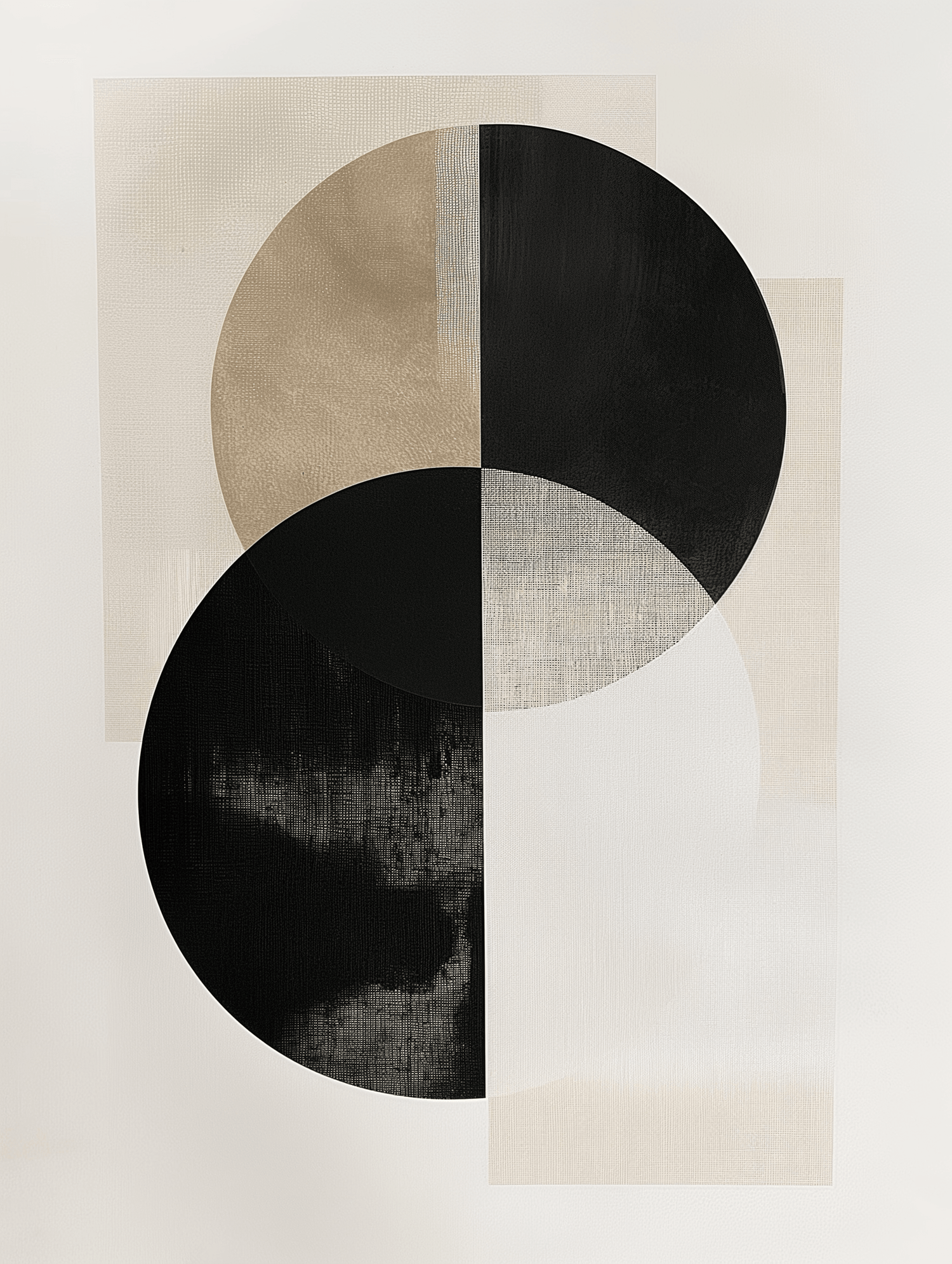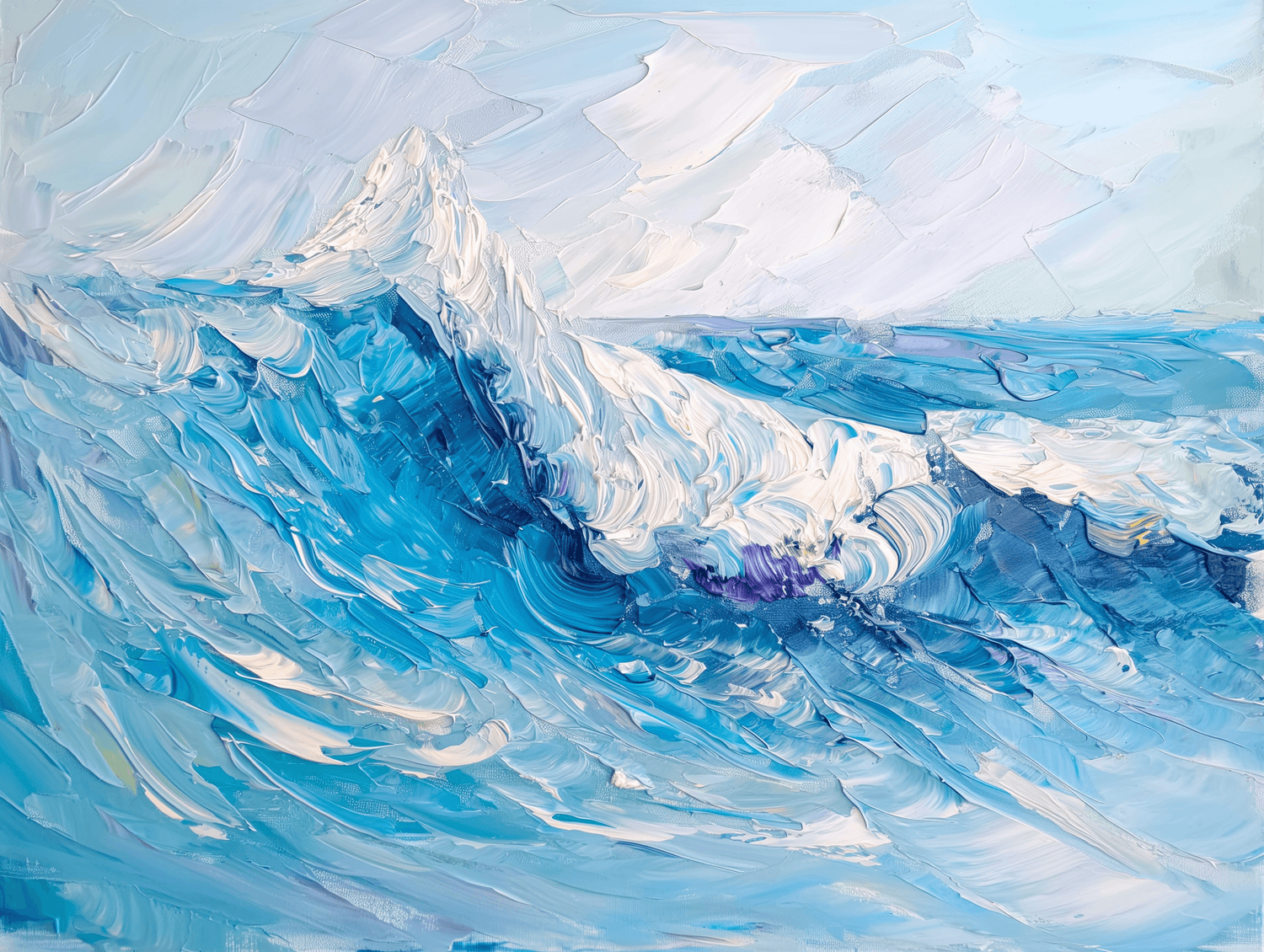Introduction: An Artist Out of Time
William Blake (1757-1827) was one of the most singular artists in the history of Western art. Painter, printmaker, poet and visionary, Blake created a symbolic and spiritual universe that challenged the artistic and religious conventions of his time. His style, imbued with mysticism and prophetic imagination, made him a misunderstood figure in his lifetime, but today considered one of the most important of English Romanticism.
In this article, we will explore the life, most famous works and curiosities about William Blake, also focusing on how Materico.it enhances his artistic production through 3D reproductions , which do justice to the depth and emotional importance of his creations.
Life and education of a visionary artist
Blake was born in London into a modest family. From an early age he showed an extraordinary talent for drawing and a marked spiritual sensitivity. At the age of 10 he began attending a drawing school, and then entered as an apprentice in the workshop of James Basire, official engraver of Westminster Abbey.
His training as an engraver profoundly influenced his entire artistic production. Blake developed his own technique called "illuminated printing" , which combined text and image in a single creative act. This technique allowed him to produce poetic and visual works in an autonomous and unconventional way.
Art as spiritual revelation

Blake did not consider himself a simple artist, but a prophet. He believed that true art should reveal the spiritual world and the hidden mysteries of reality. For him, imagination was a form of higher perception, a “window into eternity”.
This vision is reflected in his most famous works, where figure and word merge in an aesthetic charged with symbolism, mythology and mystical tension.
William Blake's most famous works
1. Songs of Innocence and of Experience (1789-1794)

Not only a poetic masterpiece, but also a visual work of art. Blake illustrated his poems with colorful images that enhance the symbolic meaning of the lines.
-
Fun Fact : Each copy was printed and hand-colored by Blake and his wife Catherine. Each copy is therefore unique.
-
Themes: childhood innocence, corruption of the world, contrasts between light and shadow, spirituality and oppression.
2. The Ancient of Days (1794)
One of Blake's most iconic images: it represents Urizen, a mythological figure created by the artist to symbolize oppressive reason.
-
Trivia : Blake considered this work “his favorite painting.” He used it as the frontispiece for Europe: A Prophecy .
-
Interpretation: Urizen is seen as the creator and at the same time the prisoner of the material universe, a symbol of human limitation.
3. The Great Red Dragon series (1805–1810)

A series of apocalyptic themed paintings inspired by the book of Revelation. The most famous is The Great Red Dragon and the Woman Clothed with the Sun.
-
Trivia : This painting also became famous in modern times for its appearance in the novel Red Dragon by Thomas Harris (which gave rise to the film The Silence of the Lambs ).
-
Visual Impact: A powerful and menacing figure, with open wings and defined musculature, who embodies apocalyptic evil.
4. Newton (1795)
A provocative work in which Blake portrays Isaac Newton naked, intent on drawing with a compass. Blake criticized the emphasis on rationality and mechanistic science.
-
Curiosity : Blake was not anti-scientific, but he criticized the reduction of reality only to what is measurable.
-
Interpretation: Newton is depicted immersed in darkness, intent on calculating, but blind to the spiritual dimension.
5. Elohim Creating Adam (1795)
A reinterpretation of the creation myth: God shapes Adam but does so painfully, in a more human than divine context.
-
Curiosity : Blake introduces here an element of compassion and suffering, making the figure of God vulnerable and complex.
-
Visual impact: the composition is intense, with dark colors and palpable emotional tension.
Blake's Mythological Characters: A Symbolic Universe ![]()

Blake invented an entire pantheon of mythological figures to explain his spiritual visions. Among them:
-
Urizen : symbol of reason limiting the imagination.
-
Los : embodiment of creative energy and imagination.
-
Enitharmon : feminine of creation, represents passion and sensuality.
-
Albion : Represents the collective soul of humanity, often struggling between spirituality and decay.
These figures appear in his “Prophetic Books”, a cycle of works such as The Book of Urizen and Jerusalem , difficult but fascinating, where poetry and painting intertwine in a profound symbolic language.
Blake and Religion: Between Faith and Rebellion
Blake had a very personal view of religion. He detested institutional churches, which he believed oppressed the human soul, and believed in a free, individual and direct form of spirituality.
-
Famous Quote : “Imagination is not a state of mind: it is human existence itself.”
-
He saw Christ not as an authority figure but as a symbol of divine love and imagination.
Hidden Curiosities About William Blake
-
He saw angels and spirits since he was a child : he told of supernatural visions that accompanied him throughout his life.
-
His wife Catherine helped him in everything : she supported him in engraving, in colouring books, and was also the first reader of his poems.
-
He was considered mad during his lifetime : due to his nonconformist visions and ideas, he was marginalized and underestimated by London society.
-
He has been an inspiration for musicians and directors : from Jim Morrison to Led Zeppelin, from Patti Smith to directors like David Lynch, many have drawn inspiration from his visionary universe.
Conclusion: Blake, eternal visionary
William Blake was not only an artist, but a prophet, a rebel, a mystic. His works speak to those who seek deeper meaning, to those who believe that art is a bridge between the visible and the invisible.









